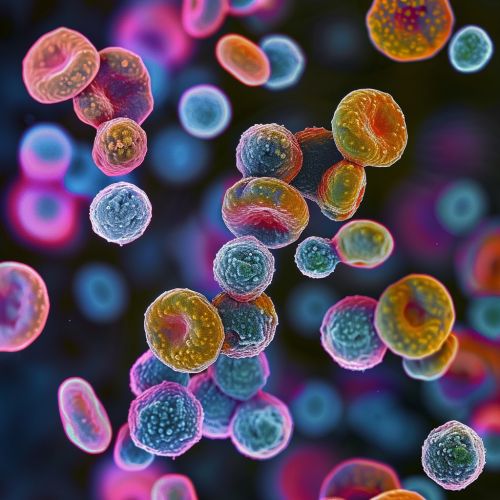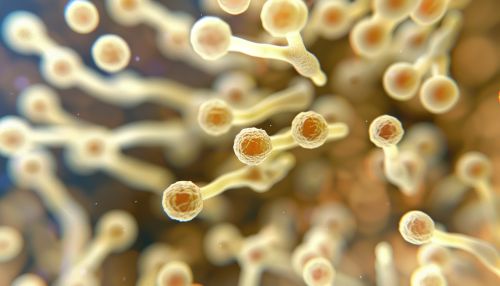Nitrospira
Overview
Nitrospira are a genus of bacteria that play a significant role in the nitrogen cycle, particularly in the process of nitrite oxidation. They are known for their ability to oxidize nitrite (NO2-) to nitrate (NO3-), a process that is a key step in the nitrogen cycle. Nitrospira are ubiquitous in nature and can be found in a wide range of environments, including soil, freshwater, and marine ecosystems.
Classification and Description
Nitrospira belong to the phylum Nitrospirae, which is composed of nitrite-oxidizing bacteria. They are Gram-negative, rod-shaped bacteria with a size of approximately 0.9-2.2 μm in length and 0.2-0.4 μm in width. Nitrospira are obligate chemolithoautotrophs, meaning they derive energy from the oxidation of inorganic compounds (in this case, nitrite) and use carbon dioxide as their sole carbon source.


Metabolism
The primary metabolic function of Nitrospira is the oxidation of nitrite to nitrate, a process known as nitrite oxidation. This process is carried out by the enzyme nitrite oxidoreductase (NXR), which is unique to nitrite-oxidizing bacteria. Nitrospira also possess the ability to fix carbon dioxide through the Calvin cycle, which allows them to synthesize their own organic compounds.
Ecology
Nitrospira are found in a wide range of environments, including soil, freshwater, and marine ecosystems. They play a crucial role in the nitrogen cycle, helping to convert nitrite, a potentially toxic compound, into nitrate, which is less harmful and can be used by plants as a nutrient. Nitrospira are also found in engineered environments, such as wastewater treatment plants, where they help to remove nitrogen from wastewater.
Role in the Nitrogen Cycle
In the nitrogen cycle, Nitrospira are involved in the process of nitrification, which is the oxidation of ammonia to nitrite and then to nitrate. This process is carried out in two steps: first, ammonia-oxidizing bacteria (AOB) or ammonia-oxidizing archaea (AOA) oxidize ammonia to nitrite; then, nitrite-oxidizing bacteria (NOB), such as Nitrospira, oxidize nitrite to nitrate. Nitrospira are considered the most dominant and versatile NOB in nature.
Genomics
The genomes of several Nitrospira species have been sequenced, providing insights into their metabolic capabilities and ecological roles. These genomes reveal a high degree of metabolic versatility, including the ability to use a range of inorganic compounds as energy sources. The genomes also contain genes involved in resistance to oxidative stress, which may contribute to the ability of Nitrospira to survive in a wide range of environments.
Research and Applications
Due to their role in the nitrogen cycle, Nitrospira are of interest in both basic and applied research. In basic research, they are used as model organisms to study the process of nitrite oxidation and its role in the nitrogen cycle. In applied research, Nitrospira are used in wastewater treatment to remove nitrogen from wastewater. They are also of interest in the field of agriculture, where they can be used to convert nitrite in the soil into nitrate, a form of nitrogen that can be used by plants.
